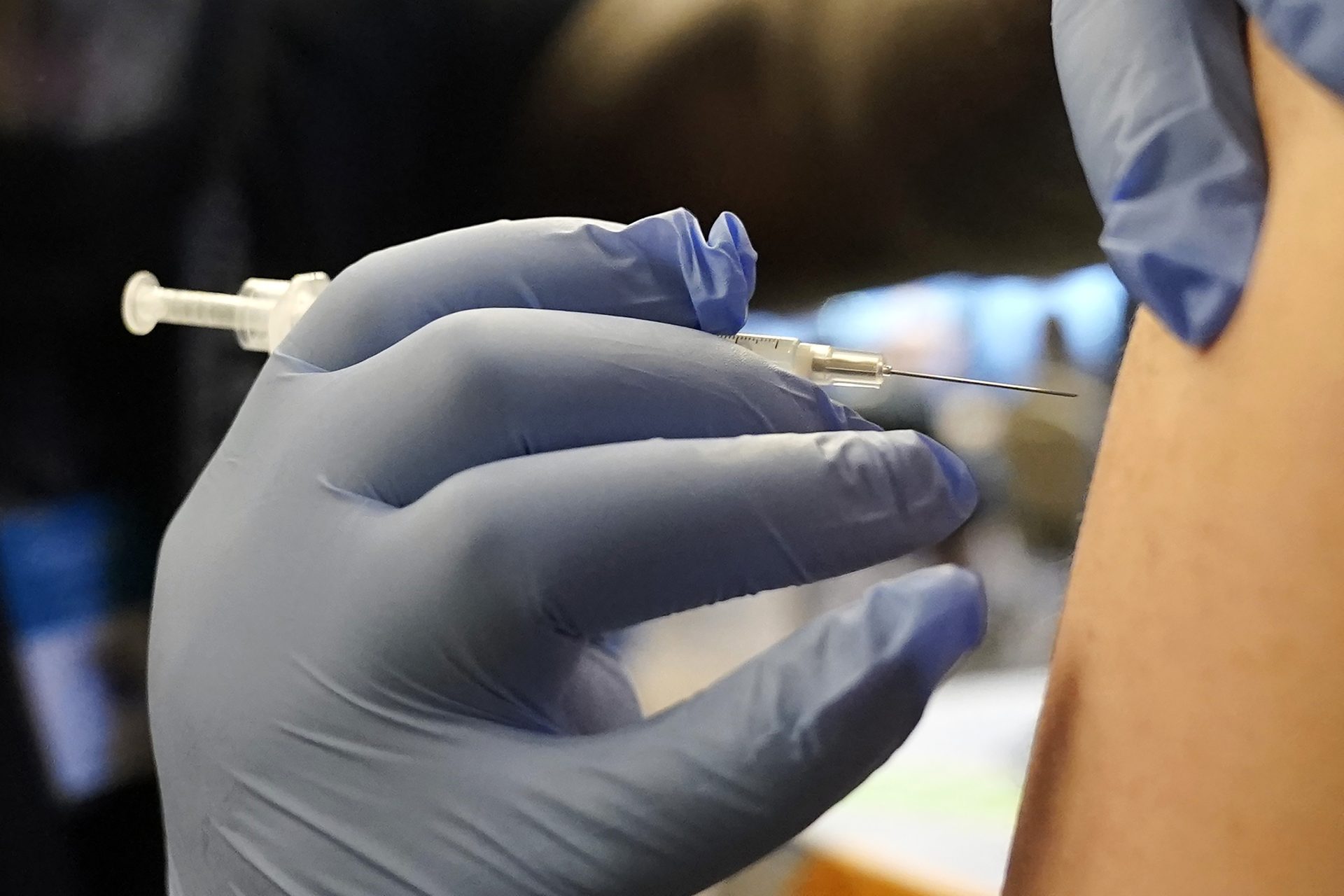|
Only have a minute? Listen instead
Getting your Trinity Audio player ready...
|
The year is coming to an end, and while most people think of vaccinations when school starts or the flu season begins, health care officials are still campaigning to get more people to raise their sleeves and get their shots.
Vaccination rates have dropped significantly in recent years, and it’s evident in the rise in the number of cases being reported for several diseases that are considered easily preventable — some of them had been essentially eradicated in this country a few years ago, such as mumps, measles and scarlet fever. In fact, the Pan American Health Organization has reported that the risk of outbreaks of preventable diseases now is the highest it’s been in 30 years.
The decline began even before the COVID-19 outbreak, but accelerated during the pandemic, despite a strong push for vaccinations — and programs that made them widely available and free to the recipients. That push brought an equally strong pushback from conspiracy theorists, opponents of anything coming from the government and those who embrace fake news and misinformation.
According to the PAHO, the Americas, which had the second-highest vaccination coverage in 2010, now has the second lowest in the world. That’s unconscionable in a region that is among the most affluent and where most vaccines are more readily available than any other part of the world.
The risk is especially high in the Rio Grande Valley. The Pan American organization notes that Mexico has an even lower inoculation rate than the United States; in fact, the country has one of the highest rates of children who have never received any type of vaccination.
When the majority of the population is fully vaccinated, those who lack immunization still enjoy relatively safety, since fewer people become sick and might pass on a virus. Lower inoculation rates, however, increase the risk of encountering another person who lacks immunization and who has caught — and can transmit — a disease.
The growing number of cases of preventable diseases, as vaccination rates are dropping, should be enough evidence to show that vaccines do work.
Yes, people often can develop some immunity naturally by catching a disease, but people who have endured most diseases likely would attest that the disease is much worse than a single needle prick, and the cost of treatment is much greater than the cost of a vaccination, which many insurance plans cover completely as a preventative measure.
Having the highest level of immunity possible is especially important for those rare few who are sensitive to some vaccines and can’t take them. They and their families depend on herd immunity, or the low risk of encountering someone who has the disease, to remain healthy.
People who recognize the effectiveness and safety of vaccinations but might have fallen out of the habit during the low level of public contact most people had during the pandemic should consider getting annual vaccinations for flu and COVID if they haven’t already, and make sure they are current with all vaccines and boosters, protect their health and that of their loved ones.
Vaccines help keep more people healthy — but only if they’re used. We should led them.





